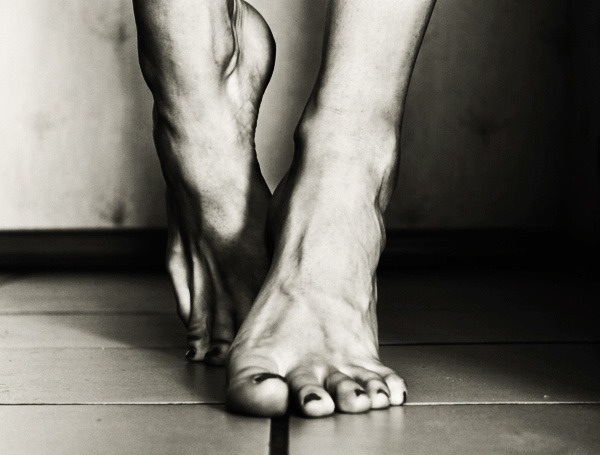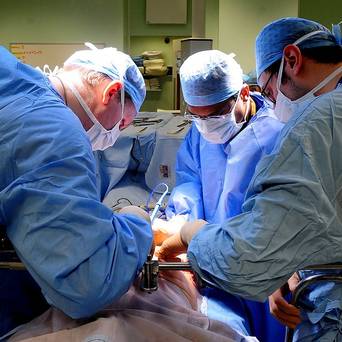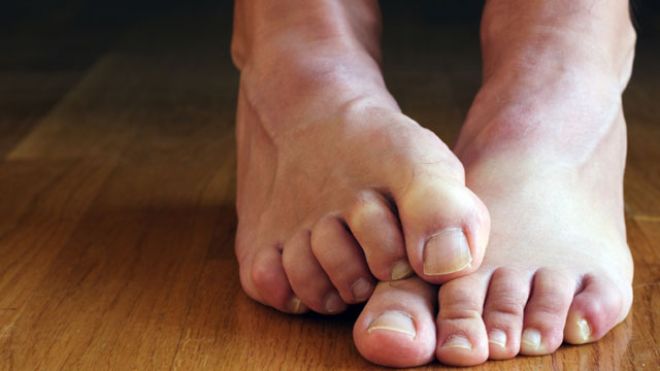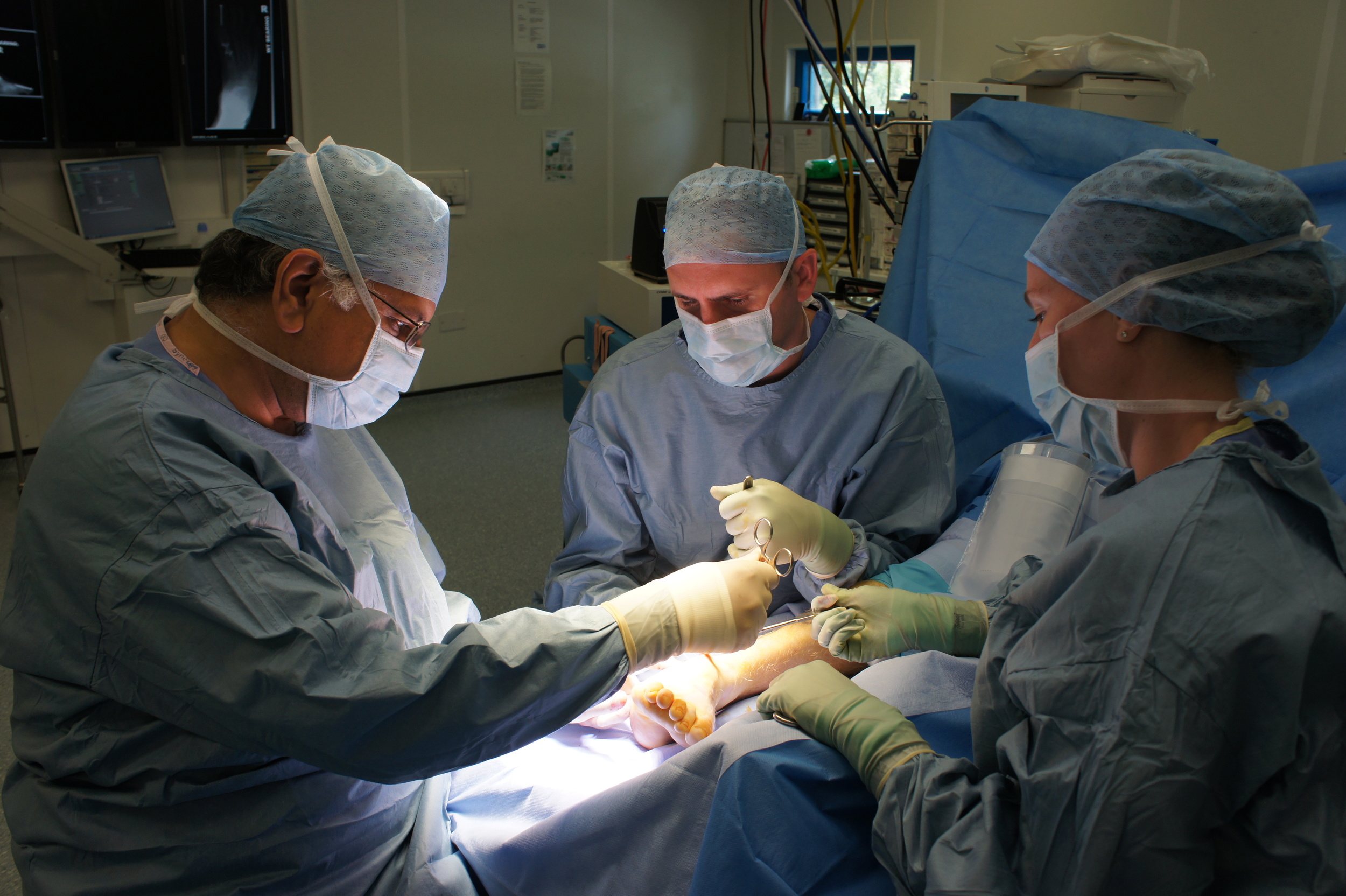Chronic Exertional Compartment Syndrome
What is Chronic exertional compartment syndrome?
Muscles of the lower leg are surrounded by thick sheets of tissue called ‘fascial compartments’, much like a stocking envelopes a leg, the fascial compartments envelope the muscles of your lower leg.
A diagram showing the muscle compartments of the lower leg, each muscle is enveloped with a thick, fibrous sheath.
Chronic exertional compartment syndrome describes a medical condition characterized by deep cramping pain, usually in the shin or calf (occasionally the foot), that is related to exercise. Pain is not felt at rest. The pain is caused by a reduction in the blood and oxygen supply to the muscles due to increased pressure within the fascial compartment.
In everyday activity we can see our muscles becoming tense when they are overworked, take as an example a weight-lifters biceps which appear to bulge for a few minutes after they have worked out. In chronic compartment syndrome pressure increases within the muscle as the blood flow increases with exercise but in some individuals, the thick sheath that surrounds the muscle is in effect too tight and doesn’t allow them to expand, therefore the pressure in the muscle compartment increases.
How does Chronic Exertional Compartment syndrome present?
Most frequently patients complain of a deep pain that gradually comes on after a consistent period of activity, most often running. The pain can appear more quickly with more intense activity, such as running up a hill. The pain gradually increases in intensity to a point where one has to stop running. It takes a few minutes for the pain to settle, at which stage if activity is re-commenced symptoms appear much more rapidly. The nature of the pain is variable, frequently a deep ache or cramp-like pain maybe with associated with burning or tingling.
How is it diagnosed?
The history as described above makes the diagnosis probable. Sometimes examination after the provocative exercise reveals a firm tender muscle compartment.
Compartment pressure measurements are the most reliable tests, a probe is inserted into the relevant fascial compartments and pressure is measured before and after exercise, pressures elevated above threshold are indicative of chronic compartment syndrome.
Other tests such as x-rays and MRI are often needed to exclude other causes of leg pain such as a stress fracture.
How is Chronic exertional compartment syndrome treated?
Modifying training for example decreasing running distances or alternating running with swimming and cycling can be of help.
Physiotherapy aimed at making your muscle function more efficient may be useful in some individuals.
In resistant cases a surgical release of the thick fascial sheath is necessary, this operation is called a fasciotomy.
What does fasciotomy surgery involve?
A fasciotomy for chronic compartment syndrome is usually performed as a day case.
It involves one or two 5-10cm cuts (incisions) over the front and back of the lower leg.
The thick fascia is opened all the way along its length (like unzipping a jacket), and the compressed muscle often bulges out.
You are encouraged to move the ankle as soon as possible to prevent the muscles scarring down, but also to elevate your legs regularly to reduce swelling.
Pain is usually well managed initially with local anaesthetic and for two or three days regular pain tablets which will be provided for you.
How long until I’m back to normal?
The leg must be kept dry until the stitches are removed at 10-14 days, after which gentle low impact exercises can begin such as cycling and swimming. Running can be commenced at 4-6 weeks, however it may be 12 weeks before you could return to the more physical contact sports.
Are there a lot of complications?
There are risks and complications with all operations, however, this operation has a low complication rate.
Although every effort is made to reduce complications, these can occur. In addition to the general complications that can occur with foot surgery, there are some specific risks with Fasciotomy:
· Nerve injury
· Recurrent compartment syndrome,
· Bleeding
· Infection
Be sociable..share!



















